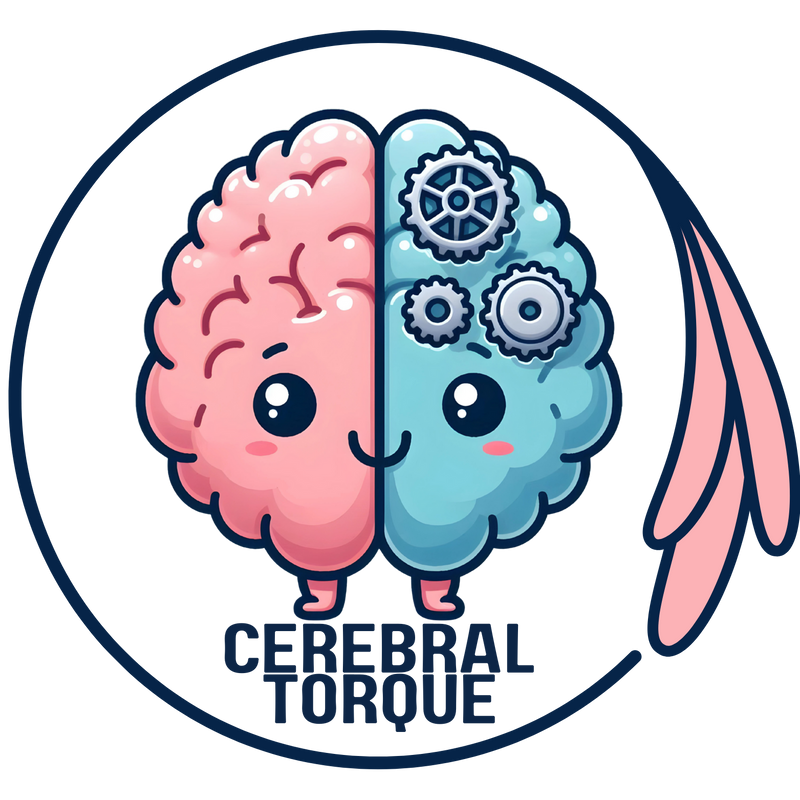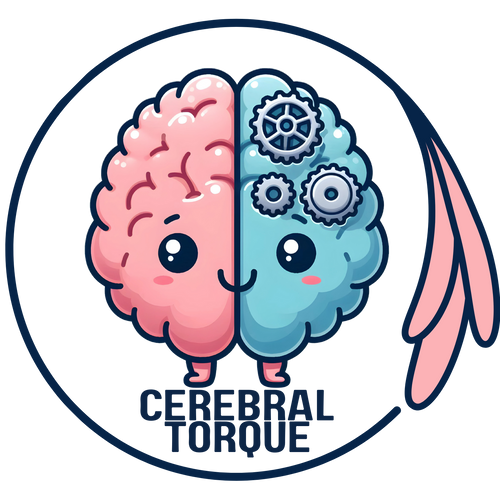Triptans Enhance Anti-CGRP Treatment Response
Posted on June 20 2025,
Triptans Enhance Anti-CGRP Treatment Response
Study Overview
A study published in the Journal of Neurology has shown that migraine patients who habitually use triptans have a significantly better response to anti-CGRP monoclonal antibodies compared to those who don't use triptans. This prospective cohort study followed 336 patients for 12 months, providing valuable insights for optimizing migraine treatment strategies.
Findings
Primary Results
Patients who habitually used triptans showed consistently better outcomes across all measured parameters during anti-CGRP treatment:
- Lower monthly headache days throughout the entire 12-month treatment period
- Better response rates at both early (month 1) and long-term (month 12) timepoints
- Reduced analgesic consumption compared to non-triptan users
- Lower disability scores as measured by MIDAS questionnaire
Detailed Analgesic Use Findings
Beyond headache frequency, triptan users showed significant reductions in overall medication consumption:
This reduction in rescue medication use suggests that the combination therapy not only reduced headache frequency but also the severity and duration of breakthrough attacks.
Response Rate Comparisons
| Response Category | Triptan Users | Non-Triptan Users | Statistical Significance |
|---|---|---|---|
| ≥50% Reduction (Month 1) | 42.0% | 27.1% | p = 0.013 |
| ≥50% Reduction (Month 12) | 55.6% | 38.0% | p = 0.024 |
| ≥75% Reduction (Month 1) | 16.4% | 7.7% | p = 0.030 |
| ≤25% Reduction (Non-responders) | 36.2% | 49.6% | p = 0.008 |
Understanding the Science
The study found a synergy between triptans and anti-CGRP treatments:
- Complementary mechanisms: Triptans work presynaptically to inhibit CGRP release, while anti-CGRP mAbs work postsynaptically to block CGRP action
- Common pathway: Both medications target the same trigeminovascular system implicated in migraine
- Enhanced effect: The combination may provide more complete CGRP pathway modulation
Duration and Timeline of Enhanced Response
The benefits of combination therapy were both immediate and sustained throughout the study:
- Early benefits: Significant differences emerged as early as month 1, with triptan users showing 42% vs 27% response rates
- Sustained improvement: Benefits were maintained throughout the entire 12-month period
- Peak differences: Most pronounced advantages occurred in months 3-12 of treatment
- Long-term superiority: By month 12, the response gap actually widened (55.6% vs 38% showing ≥50% improvement)
- Lower discontinuation: Triptan users were significantly less likely to stop treatment (26.1% vs 45% discontinued by month 12)
"This study showed greater effectiveness of anti-CGRP mAb in habitual triptans users, possibly due to a common and/or synergistic action." - Study Authors
Patient Groups
TRIPTANS Group (207 patients): Patients who used at least one triptan per month in the 6 months before starting anti-CGRP treatment and continued triptan use during the study.
NO-TRIPTANS Group (129 patients): Patients who did not use triptans in the 6 months prior to anti-CGRP treatment and during the study period. This included patients with contraindications, prior triptan failure, or those who had never used triptans.
Study Protocol Details
Measurement Methods
- Primary endpoint: Monthly headache days (MHDs) collected monthly via headache diaries
- Secondary measures: Absolute number of analgesics per month, days with analgesic use, HIT-6 scores (monthly), and MIDAS disability scores (quarterly)
- Response categories: ≤25% reduction (non-responders), ≥50% reduction (responders), ≥75% reduction (super-responders)
- Follow-up period: 12 months with monthly assessments
- Anti-CGRP medications: Erenumab (42.6%), galcanezumab (40.8%), and fremanezumab (16.7%)
Baseline Characteristics
Interestingly, the non-triptan users actually started with more severe disease:
- Higher baseline headache days: 24.7 vs 21.8 days per month (p<0.001)
- Greater disability: Higher HIT-6 scores indicating more severe impact
- Higher medication overuse/adaptation: 82.1% of triptan users vs 69% of non-users had medication overuse
- Similar demographics: No significant differences in age, sex, or disease duration
Despite starting with more severe symptoms, the non-triptan group still showed less improvement, making the findings even more significant.
Safety and Tolerability
The study found reassuring safety data for combining triptans with anti-CGRP medications:
- No additional safety concerns: No new or unexpected adverse events were reported from combination therapy
- Lower discontinuation rates: Triptan users were actually less likely to stop anti-CGRP treatment due to side effects or lack of efficacy
- Better treatment persistence: Only 26.1% of triptan users discontinued vs 45% of non-users by month 12
- Maintained tolerability: The combination did not appear to increase side effect burden
Important note: While this study showed no additional safety concerns, it was not specifically designed as a safety study. The researchers focused on effectiveness rather than comprehensive safety analysis, so longer-term safety data for combination therapy is still needed.
Clinical Implications
For Healthcare Providers
- Predictive value: Previous triptan response can help predict anti-CGRP treatment success
- Treatment optimization: Patients already responding to triptans may be ideal candidates for anti-CGRP therapy
- Personalized care: Treatment decisions can be better tailored based on triptan response history
If you respond well to triptans, this study suggests you may be more likely to have a positive response to anti-CGRP medications. However, this doesn't mean non-triptan users won't benefit as many still showed significant improvement.
Future Research Directions
The researchers note several important areas for future investigation:
- Episodic migraine studies: Validating findings in patients with less frequent attacks
- Primary care validation: Testing results in broader patient populations
- Standardized triptan response measures: Using validated criteria like 2-hour pain freedom
- Mechanism studies: Better understanding the biological basis for the synergy
- Optimal combination strategies: Determining best practices for combining therapies
- Long-term safety studies: Comprehensive safety analysis of combination therapy over extended periods
"The response to triptans, in association with other predictive factors, can be useful in clinical practice to advise patients and physicians about the chances of efficacy of treatment with anti-CGRP mAbs." - Study Conclusion
Study Citation: Vollono, C., Romozzi, M., Munafò, A., Vigani, G., De Cesaris, F., Calabresi, P., & Iannone, L.F. (2025). Influence of triptans use on anti-CGRP mAbs response: a prospective, cohort study. Journal of Neurology, 272, 468.
Access Full StudyThis summary is provided for educational purposes only and does not constitute medical advice. Always consult with your healthcare provider for personalized treatment recommendations.
Mon, Nov 17, 25
Migraine Research - During the week of my absence.
Migraine Research - During the week of my absence. The Association Between Insomnia and Migraine Disability and Quality of Life This study examined how insomnia severity relates to migraine disability...
Read MoreSat, Nov 01, 25
Anti-CGRP Monoclonal Antibody Migraine Treatment: Super-Responders and Absolute Responders and When to Expect Results
Anti-CGRP monoclonal antibodies achieved 70% super-response and 23% complete migraine freedom in a one-year study. Most dramatic improvements occurred after 6 months of treatment. For patients with chronic or high-frequency...
Read MoreAll Non-Invasive Neuromodulation Devices for Migraine Treatment
Wondering if migraine devices actually work? This guide breaks down the latest evidence on non-invasive neuromodulation devices like Cefaly, Nerivio, and gammaCore. Learn which devices have solid research backing them,...
Read More



